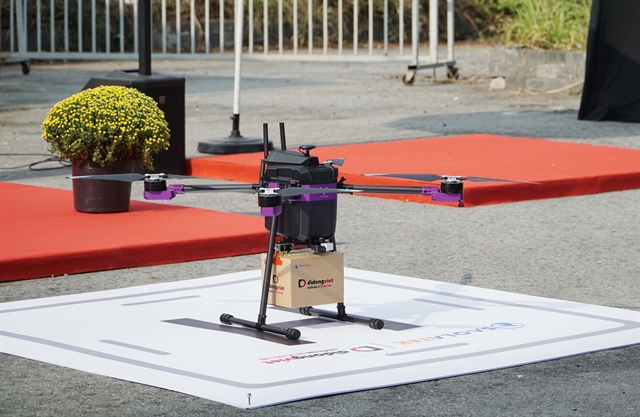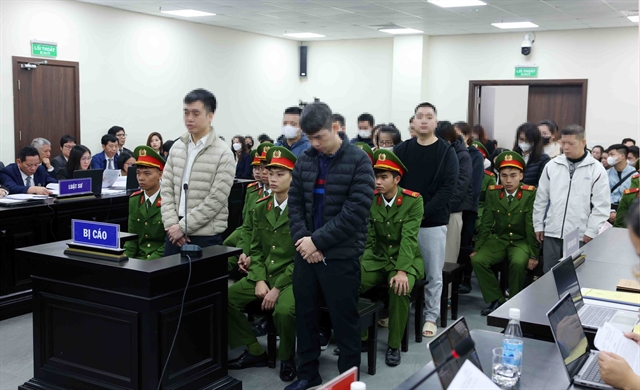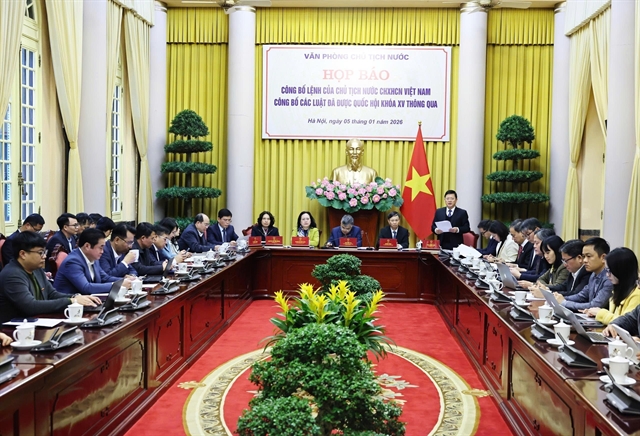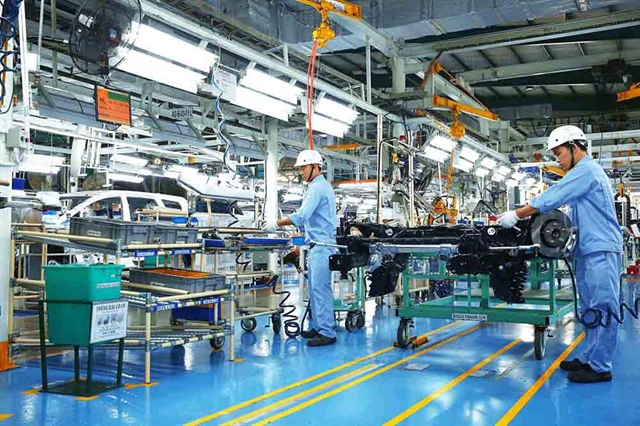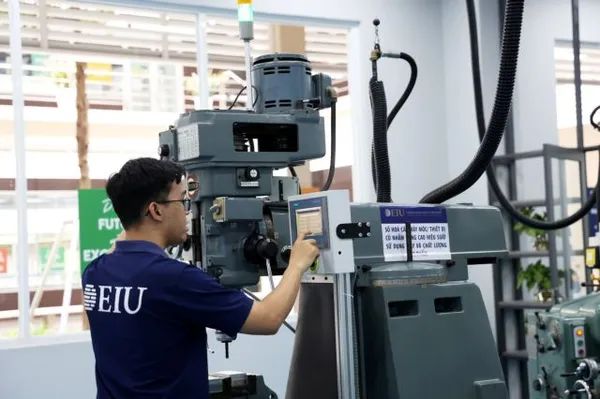 Society
Society
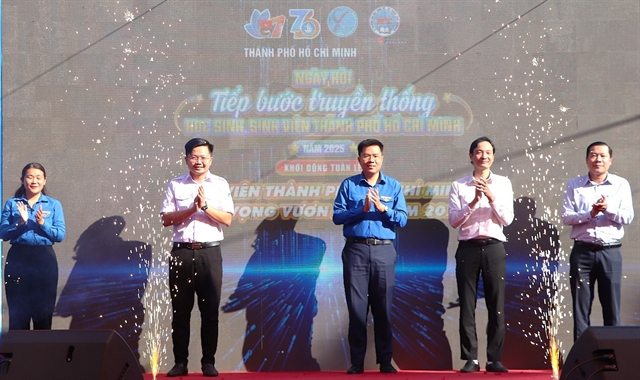
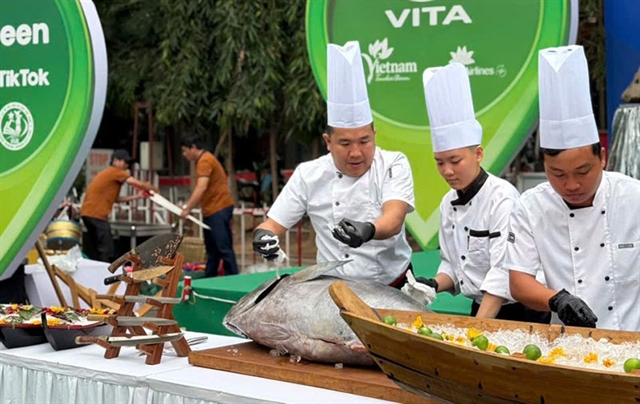 |
| Chefs from the central province of Phú Yên cut a tuna at VITM 2025. VNS Photo Minh Thúy |
HÀ NỘI — The tourism sector is suffering from a severe shortage of high-quality, professional, and multilingual personnel.
That was the opinion of experts speaking at a workshop held to discuss training options to improve services in the industry in the future.
At the workshop entitled 'Practical Training to Meet Tourism Development Demands in the Current Context' held in Hà Nội on Saturday April 12, Prof Dr Đào Mạnh Hùng, Chairman of the Việt Nam Association for Tourism Training, emphasised that the tourism industry is undergoing major transformations.
In March 2025, the number of international visitors to Việt Nam exceeded 2 million, an increase of 28.5 per cent compared to the same period in 2024. In the first quarter of 2025, the total number of international visitors reached about 6 million, a 29.6 per cent increase year-on-year.
Domestic tourism in February 2025 was estimated at 11 million visitors, with about 3.8 million staying overnight. The cumulative number of domestic tourists in the first two months of 2025 reached 26.5 million. Total tourism revenue in February 2025 was estimated at around VNĐ160 trillion (US$6.2 billion).
Currently, there are approximately 195 tourism training institutions nationwide.
However, these institutions still do not supply enough high-quality staff to meet tourism market demands. The industry requires about 40,000 workers annually, but only around 20,000 are actually supplied.
Of these, only 9.7 per cent have a university or postgraduate degree; over 50 per cent are at the elementary, intermediate, or college level; 39.3 per cent are below the elementary level. Only 43 per cent of workers have been professionally trained in tourism.
“This shows that Việt Nam's tourism workforce is not only insufficient in quantity but also lacking in quality,” he said.
“In recent times, the term ‘retraining’ has been frequently mentioned by tourism businesses when discussing recruitment. This is because the human resources provided by training institutions do not meet business requirements, forcing companies to spend time on hands-on, on-the-job training.”
Sharing the same view, Đỗ Hồng Xoan, Vice President of the Việt Nam Tourism Association, also pointed out that the tourism industry has long lacked skilled managers and personnel with proper management skills - not general labour, which is even in surplus.
“After COVID-19, the shortage of high-quality tourism personnel worsened as skilled workers sought new careers and did not return to tourism,” she said.
“Addressing this gap in human resource quality is essential as the country prepares for significant growth and as tourism becomes a key economic driver.”
Enhancing collaboration and practical training
To address the tourism labour challenge, many experts believe that recruitment depends heavily on the output of training institutions. To have a workforce that meets international standards, it is essential that training institutions provide thoroughly trained, internationally qualified labour capable of working in both domestic and international enterprises. Therefore, solutions must start with the schools and training centres.
Hùng said practical training in tourism is crucial to meet the industry's development needs.
“The goal of tourism training is to develop skilled professionals, and job quality only improves when workers have strong practical skills,” he said.
“To achieve that, hands-on training must be a central and decisive component.”
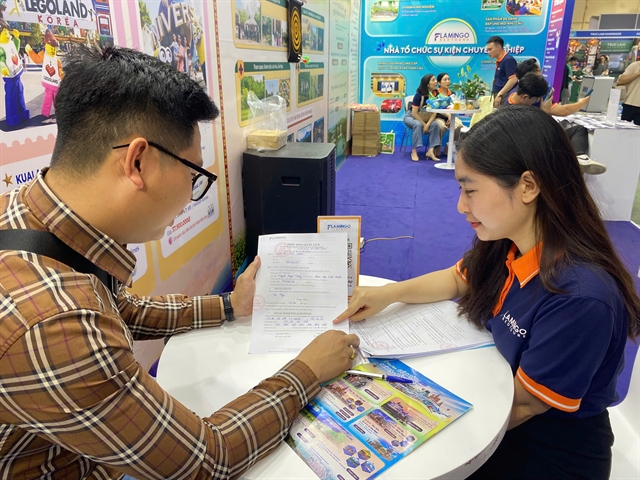 |
| Staff from Flamingo Red Tours (right) offers tour information to a customer at the VITM 2025. VNS Photo Minh Thúy |
He also mentioned that the merger of the Ministry of Labour, Invalids and Social Affairs with the Ministry of Education and Training is helping eliminate barriers between vocational and academic training systems at colleges and universities.
“This signals a move toward removing the ‘every house lights its own lamp’ mentality,” Hùng said.
“Tourism training institutions should also review and reform their teaching methods by combining theory with practice to improve training outcomes. Training programmes should increase the proportion of practical learning.”
Echoing this view, Trịnh Cao Khải, Principal of Hà Nội College of Tourism, stated that Việt Nam's tourism sector is now competing with other countries in the region and the world to attract high-quality tourism workers.
A major complaint is that graduates often lack practical skills.
He suggested that schools should increase internships, including abroad, as tourism professionals often deal with people from various cultural backgrounds.
“Different training levels should also collaborate more closely to optimise shared resources like equipment and faculty,” he said.
A representative from Imperial International School added that their curriculum currently consists of 70 per cent practical training and 30 per cent theory, with theory based on real-world cases.
Teachers must be industry professionals. At Imperial, teachers must be department heads and experts in their field (e.g., tourism, hospitality). However, this model requires significant investment.
Celebrity chef Nguyễn Quốc Y, founder of the NetSpace vocational school, confirmed that low tuition fees cannot deliver high-quality training.
At NetSpace, 95 per cent of the programme is hands-on training.
Theory is integrated into practice sessions, and tuition must be at least VNĐ4 million per month to ensure quality. — VNS

